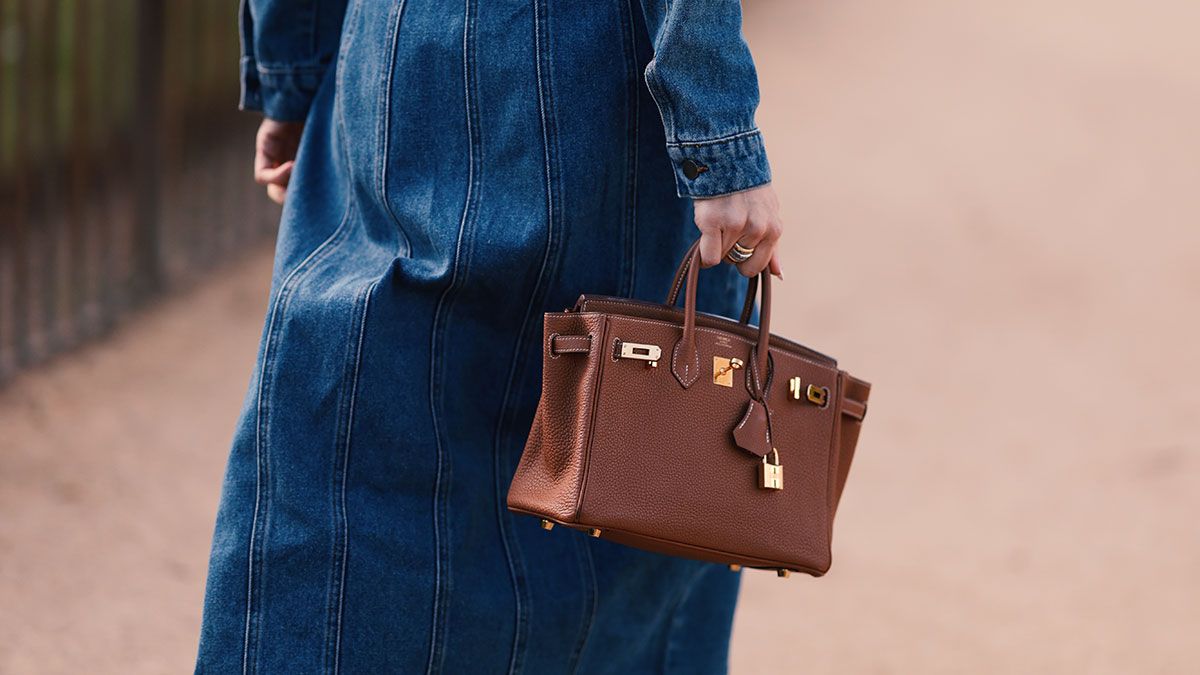
This attitude has only been amplified in 2025, as consumers feel more squeezed than ever. Dupes are one of the winners to come out of the luxury slowdown, as consumers are either priced out of the luxury market and need alternatives; or have grown increasingly aware of the disjuncture between quality and price so choose to opt out. “You couldn’t tell the difference, so why would I spend thousands more for basically the same thing?” the friend of a Wired writer asked when asked about her (“real Italian leather”) Bottega dupe.
‘Dupe brands’ are capitalising on this consumer disillusion — and resulting white space. “The prestige and luxury sectors of the market have demonstrated strong growth for a long period of time. What was equally evident to us though was how many people were being priced out of those spaces along the way,” says Greg Barker, executive VP of Americas at MCoBeauty. “We could see that vacuum in the market growing. People don’t want to compromise, so we felt confident that if we could go further than others have, and give a full product experience — the packaging, the quality, all at an amazing price point — not just a formula, then it would resonate.”
The dupe pyramid
Not all dupes are made equal. Different tiers of the already-fuzzy category have emerged as more consumers — and brands — have leaned into the concept.
Fast fast fashion
Ultra-fast fashion giants like Shein and Temu have accelerated the development of fashion dupes thanks to their ability to churn out replica products quickly at lower prices when a luxury item begins trending, Brian Walker, chief strategy officer at digital commerce company Bloomreach, previously told Vogue Business. “We’ve seen what was already an established knock-off culture turbocharged, coupled with a surge in demand from social media.”
Brands frequently file lawsuits against these companies, says Shermin Lakha, founder of Lvlup Legal and creative agency Tiger Tiger. They have varying degrees of success. With Shein, most lawsuits have resulted in settlement behind closed doors or Shein removing the products from its site, Lakha says.
Big-box retailers
Similarly known for turbocharging dupe culture are sites like Amazon and Walmart (recall the Wirkin). On Amazon, creators have shown themselves reverse image searching designer bags. Major selling platforms, though, are strengthening their anti-counterfeit measures, Lakha says, to avoid brand lawsuits. “My agency manages live-stream creators on Amazon Live, and as part of their guidelines, they are not permitted to say the words ‘dupe’, ‘copycat’ or anything similar or Amazon may take down their live stream from the platform,” she says.
发表回复